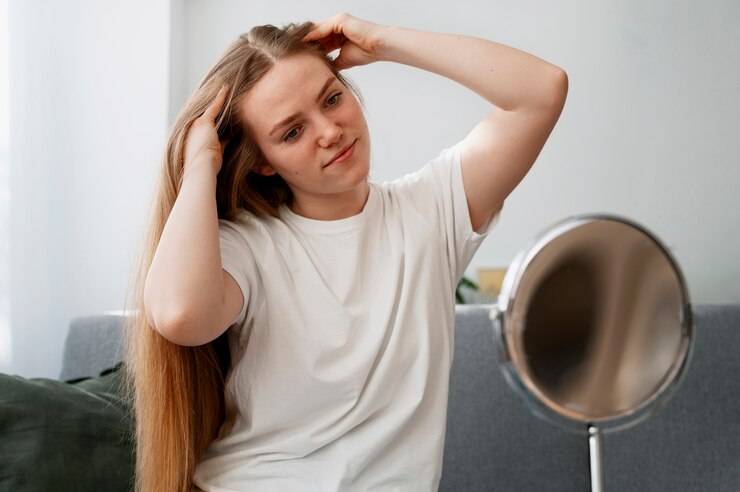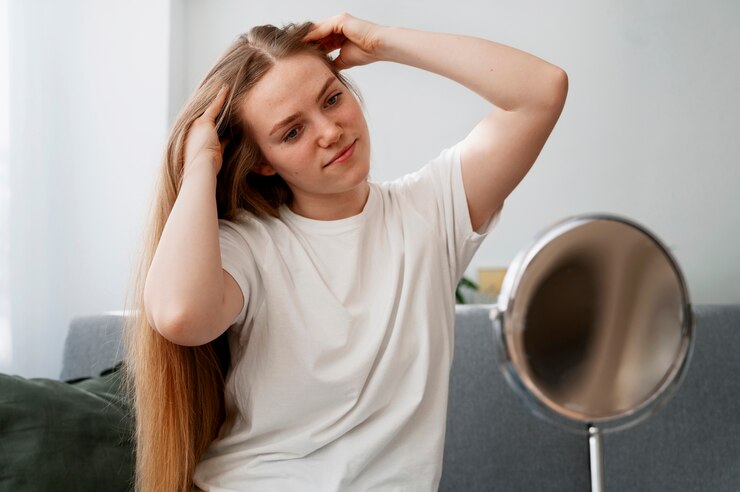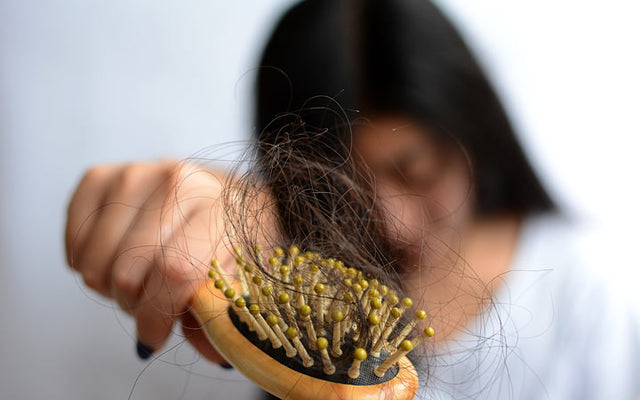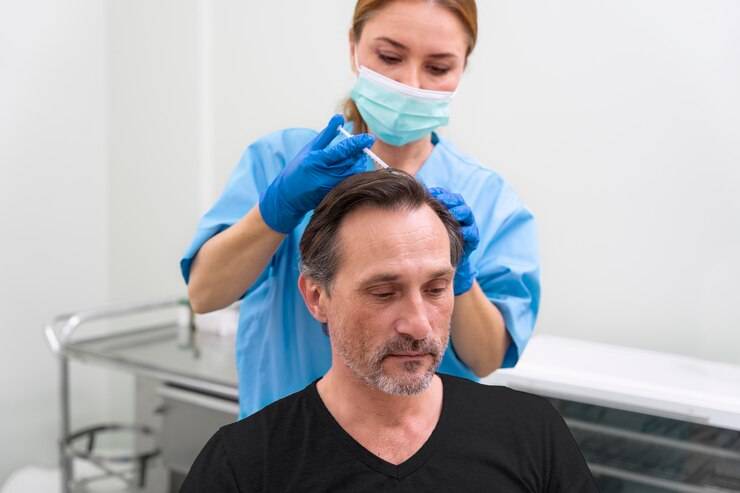Noticing a few strands of hair on your pillow or brush can be unsettling. It’s natural to be concerned about how much hair fall is normal and when it becomes a sign of a deeper issue. Here, we focus on preventing excessive hair fall by following a regimen of smart and effective hair care strategies. Understanding and adopting the right hair care routines can do wonders in maintaining the health and thickness of your luscious locks.
Good Hair Care Practices
Establishing good hair care practices is the cornerstone of preventing excessive hair fall. Here are some beneficial habits:
- Avoid tight hairstyles that pull on the hairline.
- Limit heat styling to reduce hair protein damage.
- Be gentle when combing or brushing to prevent unnecessary stress on the hair follicles.
- Use a satin pillowcase to minimize hair friction and breakage while sleeping.
- Maintain a healthy diet rich in proteins, vitamins, and minerals to support hair health.
- Reduce stress through exercise, meditation, or other relaxation techniques.
- Trim hair regularly to avoid split ends, which can lead to hair fall.
Proper Hair Washing
Washing your hair correctly can also significantly reduce hair fall. Consider these proper hair washing techniques:
- Wash hair with lukewarm water, as hot water can weaken hair strands.
- Lather gently, focusing on the scalp rather than the lengths of your hair.
- Rinse thoroughly to remove all traces of shampoo, which can cause scalp irritation.
- Finish with a cool water rinse to seal the hair cuticles and promote shine.
- Pat hair dry with a towel instead of rubbing, which can lead to tangles and breakage.
- Detangle with a wide-toothed comb while the hair is still damp.
- Limit shampooing to 2-3 times per week to preserve natural oils essential for scalp health.
Use Of Gentle Hair Products
Choosing the right hair care products is critical in preventing excessive hair fall. Opt for gentle hair products that cater to your hair’s specific needs:
- Select shampoos and conditioners free from harsh chemicals such as sulfates and parabens.
- Look for products with natural ingredients that nourish the scalp and hair, like aloe vera, coconut oil, and biotin.
- Consider using hair masks or leave-in conditioners to provide extra moisture and strength to your hair.
- If you have a sensitive scalp, choose products designed to be hypoallergenic and gentle.
- Avoid overusing styling products that can build up and clog hair follicles.
By integrating these strategies into your hair care routine, you take proactive steps towards reducing hair fall and promoting a healthy scalp and hair.






